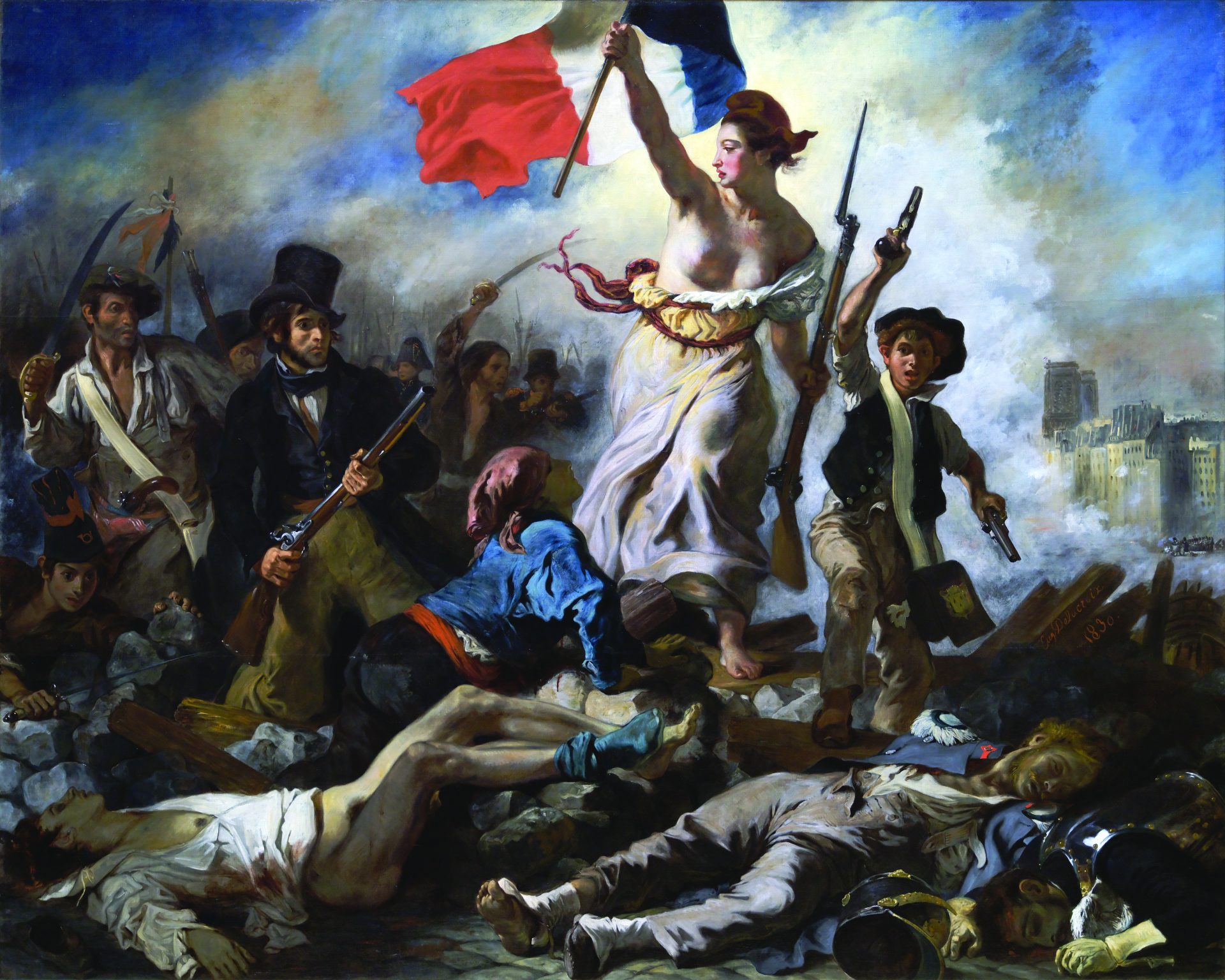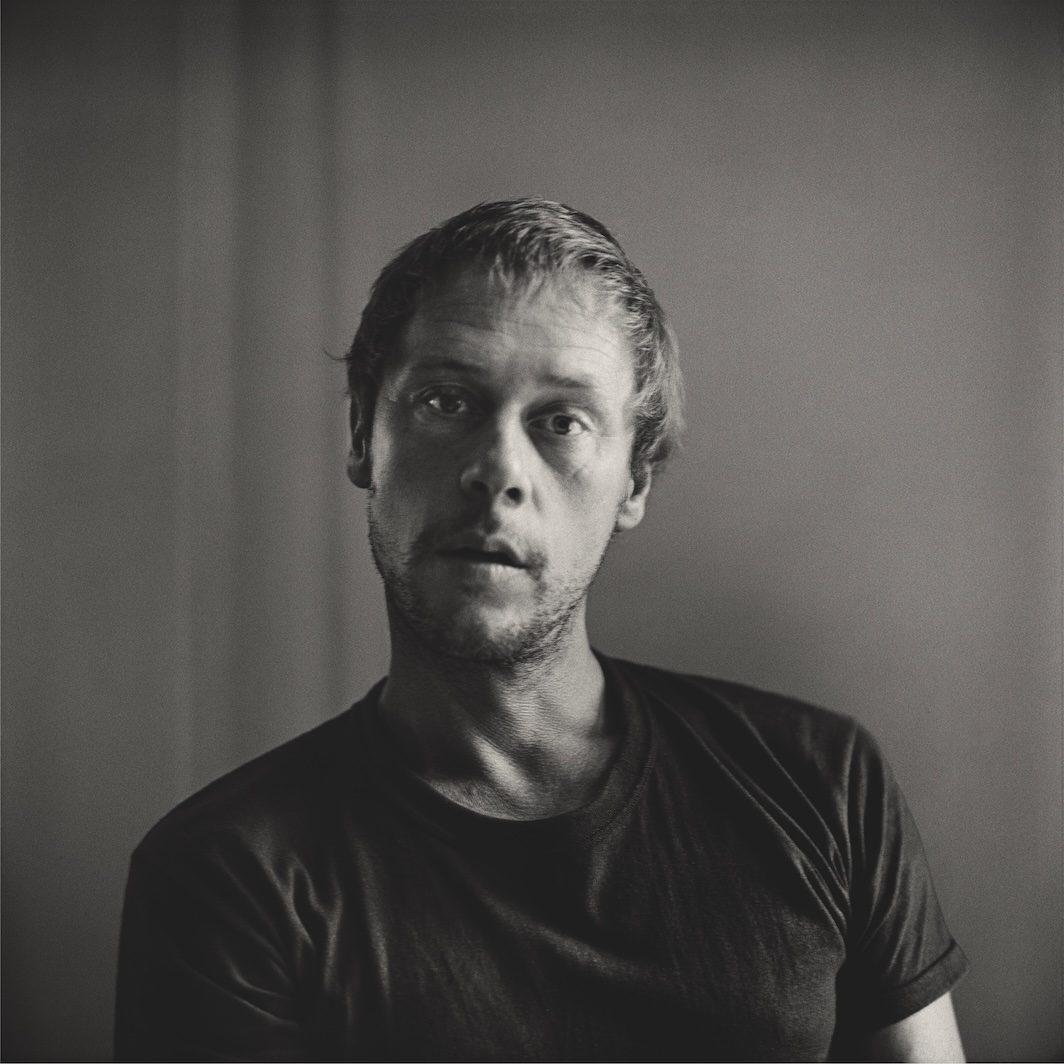
Smart lyrics, dopey melodies: That’s the formula of some of the most famed rock songs of all time. It’s also a combination found in that publishing phenomenon, the cultural history: a clever story about the origin of a fun, simple thing. Bookstore shelves groan with histories of the smile, of laughter, of pigeons, of the penis, of tears, of coffee, of snobbery, of disgust (as a writer in Manhattan, I was drawn to the last three for personal reasons).
Jon Savage’s Teenage: The Creation of Youth Culture appears to be of a piece with these other tomes. It deals with a topic that can be frivolous, mundane, or generic—the history of adolescent culture. But where many of the books bearing the tag line “a cultural history of” have no organizing principle, all 576 pages of Teenage are driven by a few distinct arguments. While books about things like salt or rats lean toward glibness, Teenage verges on grandiosity. It argues that adolescents have long been the canaries in the mines of historical change and have tended to represent the romantic impulse within all people. Teenage‘s structure is also compellingly perverse—Savage stops his book at 1945, the year after the word teenager was coined. In fact, the book ends precisely at the founding moment of the American postwar consumer’s republic, where teens were, for the first time, a nation’s emblem.
Savage’s prior book, the seminal history of punk England’s Dreaming: Anarchy, Sex Pistols, Punk Rock, and Beyond (1991), also devoted hundreds of pages of immaculate historiography to a topic that might seem trite. That book remains perhaps the most beloved book about punk ever written—no small feat, as there are few critics more cruel than frustrated music enthusiasts.
In the sixteen years since that book’s publication, Savage has found a sideline creating pop-music compilations. Teenage could be said to resemble such a rock anthology: a huge amount of historical material sifted through and organized with a strong hand to create a pointed argument, akin to Savage’s 2005 compilation Meridian 1970. That CD showed the music of 1970 to be the apex of rock rather than, as is conventionally thought, the nadir. Even better was last year’s Queer Noises 1961–1978: From the Closet to the Charts, Savage’s droll selection of pop songs with encoded and overt gay messages.
In the music, as well as in Teenage, you can detect a method and a sensibility that were forged both by 1970s and ’80s cross-disciplinary academic study in the UK and by the cigarette-and-beer-rimmed punk clubs of the same period. That was a time when some of Britain’s best thinkers, among them Angela McRobbie and Dick Hebdige, dedicated themselves to plumbing what to most academics were the shallows of youth culture. For those under the Cultural Studies mantle, teen-girl magazines, teddy boys, Bowie-ites, and punks were all worthy of intense scrutiny and debate.
Now, Savage continues that tradition. Although it’s not made explicit, the youths in Teenage are like the punk kids: players in a major subculture of their own time. The punk teens of Savage’s masterwork were magpies making something almost heroic and lush out of the crappy materials the world was giving them, and so are the British, American, French, and German teens of the seventy years covered in Teenage. In each chapter, adolescents make contact with the larger system through a single youth subculture. The book focuses particularly on youths who presaged the future: There are plenty of boys in Teenage who resemble a Depression-era tramp named Blink who fought with his father, decided he was unwilling to be bossed around, and hit the road. Indeed, Savage gives special attention to youths who bristle at the constraints of their own time—in other words, the coolest kids. The subtle argument in these pages is that when a society’s youths chafe against the conditions they were born into, progress occurs toward youth’s emancipation. The German boys in the age of Wandervogel who yearned to be free in nature rather than stifled in literally suicidal high schools and the Bright Young People who rebelled against their rich, unloving parents with their own form of luxury, deadly aesthetic hedonism, both contributed to youth’s liberation. They are part of the reason that, as the twentieth century marched on, Savage writes, “the actual voices of youth become more frequent and less corralled by adults.”
Of course, with every stage of youth liberation, there may well be a setback. “Whether American college students, the Bright Young People, or the Woodcraft Folk, the youth movements of the 1920s had been all too successful in creating their own discrete worlds,” Savage writes, and they “reminded manufacturers, governments, and ideologues that youth comprised a social force that was far too important to be left to its own devices.” For adolescents, there is almost always a price for the expression of autonomy.
Savage strongly affirms the value of teen rebellion. The boxcar boys and girls of the Depression wandered through America on their own. Savage compares them to the youth of Weimar Germany: “no home, no job, no money, and no adult controls.” But they were also, as Savage writes, indirectly responsible for Roosevelt’s establishment of a federal youth agency, the National Youth Administration. The chapter on Nazi Europe is devoted to Helmuth Hübener, a teenager who circulated antifascist leaflets and was put to death; the White Rose, a group of anti-Hitlerian medical students; and Anne Frank. All three show the lasting power of youth’s idealism and rashness. And then there are the kids whose rebellion merely comprised dressing like Louise Brooks: According to Teenage, even the adolescent flappers of the 1920s forwarded the causes of youth, expressivity, and style.
Perhaps the most original aspect of Teenage is that, unlike most authors of books like these, Savage doesn’t feel tied to the average teenager. He doesn’t go about uncovering the Everyteen and appears happy to commit the pseudosociological crime of exceptionalism. Thus, he wisely draws from the teen diaries of famous adult intellectuals. The results can be fascinating. We meet Karen Horney as a teen, years before she became one of the most important writers on women and psychoanalysis, and just at the point at which she made up her mind to stay celibate for life. When a male teacher prevented her from joining a class on animal dissection, she “decided in her fury to dissect herself instead,” Savage writes, quoting her diary: “‘That will probably be more difficult, but also more interesting.'”
Teenage ends glumly. After the book’s lazy Susan of adolescent experience, Savage concludes that “the many possible interpretations of youth had been boiled down to just one: the adolescent consumer.” I closed the book, simultaneously a bit overloaded with the swirl of youth and, philistine that I am, frustrated that what I had read was but a prequel. I wanted to read more about the decades after World War II, which one scholar has called the age of adolescence. In a fall-of-Rome sort of way, I longed to hear Savage’s account of how the consumer teen emerged from the shadows, Visa Buxx card in hand, ready for his close-up. I was also curious to hear his account of how punditry about teens has become a mirror consumer state. Today, adult psychologists and journalists conceive of teens as repressed, idealized kid-bots; as troubled, excessive wastrels; or as MySpace masters of semiotic systems, deploying their own sexualities as if they were emoticons.
Nevertheless, I respected Savage’s somewhat perverse refusal to “go there,” as they say, historically. It’s part of what prevents his book from being merely an encyclopedia of superficially rebellious tendencies. Rather, Teenage is a book about how these tendencies are smart, deep, heedless, and romantic. We live in a painfully instrumental age, where adolescents are monetized and letched after: Savage gently suggests that youth was better when kids were wayward and self-destructively visionary rather than now, when they are driven exhibitionists. He also encourages us to remember forgotten youth movements, like the Cocteau cultists and others, which together form a palimpsest of fandom. (Too bad their top layer is merely the annoying emo boy of the present.) Ultimately, Teenage‘s prehistory tactic has its rewards, clarifying the origins of today’s adolescent subcultures and giving them added meaning. It stands out among the many histories of adolescents, a tonic among Red Bulls.
Alissa Quart is the author of Hothouse Kids, coming out in paperback from Penguin USA this summer.





